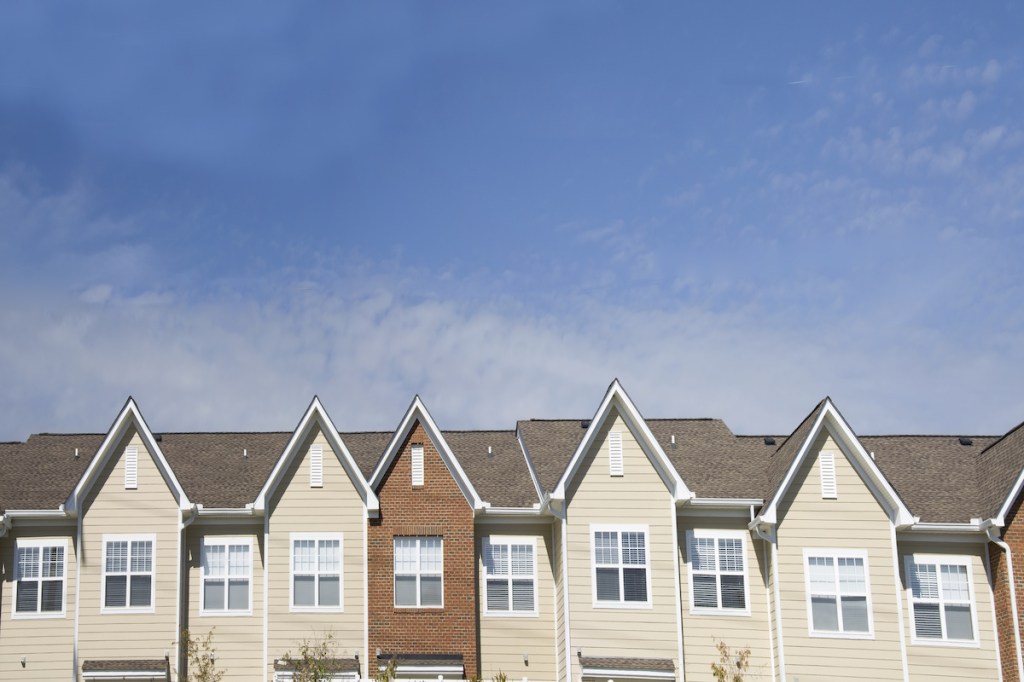Losing $600 a week in unemployment benefits will leave many renters filled with uncertainty when the Federal Pandemic Unemployment Compensation program ends later this week.
Without these benefits, households facing a severe housing burden will jump from about 3% to a whopping 41%, according to Zillow. Housing-burdened is defined as paying more than 30% of household income toward rent, while severely housing burdened is defined as paying more than 50% of household income toward rent.
New Orleans is likely to see the highest jump in housing burden, from its current rate of 4.7% up to an estimated 64%.
According to Zillow, households with high contact-intensity workers are more at-risk. High contact-intensity workers are those who require a high degree of face-to-face and close physical interaction in their jobs, like service and restaurant workers.
Currently, 31% of renter households with high contact-intensity workers are already housing burdened, while 13% are severely housing burdened.
There is also a racial component to this issue, as Black households are more likely than white households to have a majority of household income derived from high contact-intensity work.







